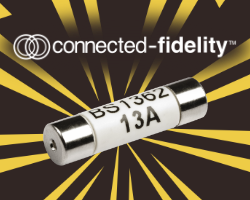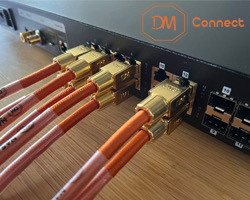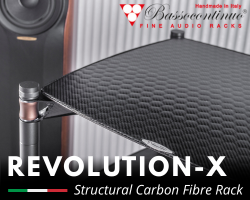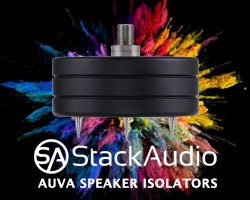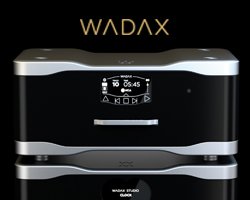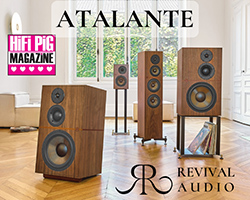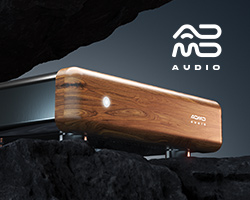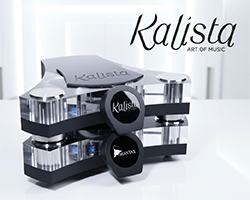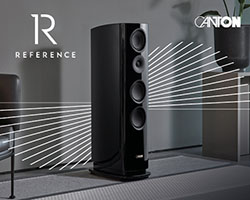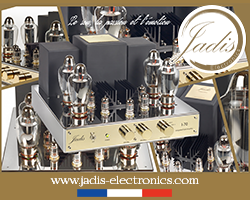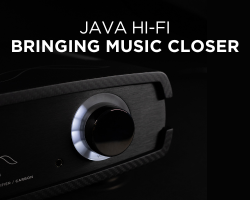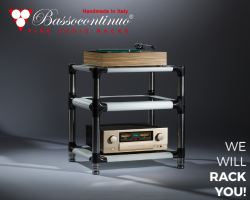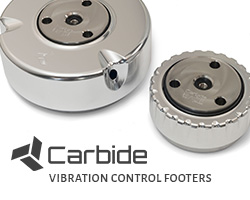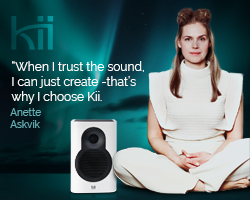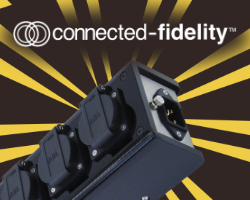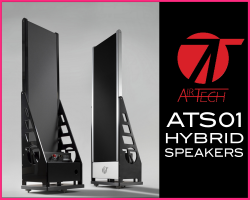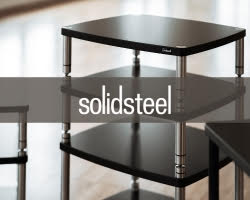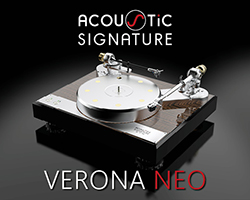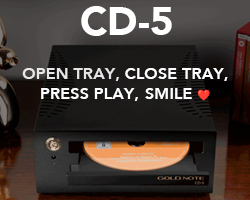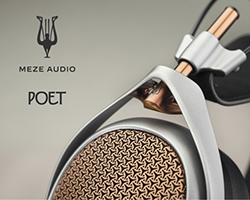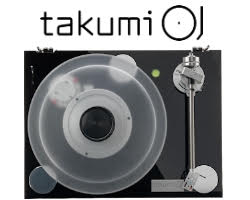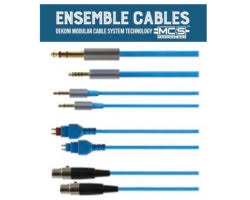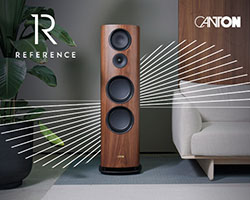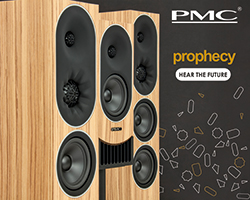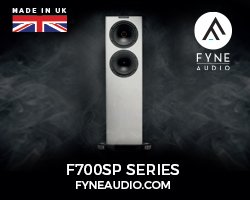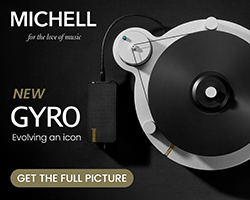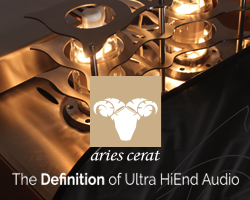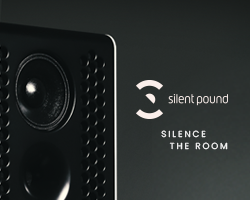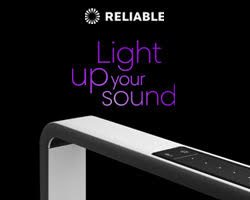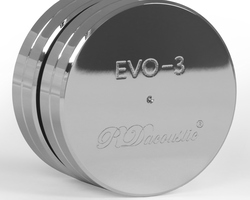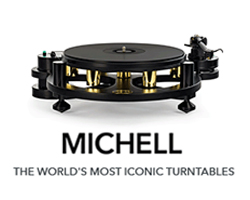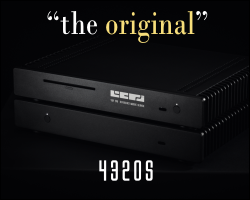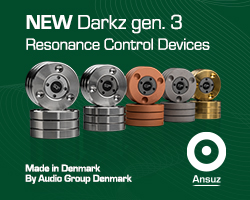FYNE AUDIO F701SP STANDMOUNT LOUDSPEAKER REVIEW
After 5 years in production, the Fyne F701 gets the Special Production treatment, which sees upgrades to the driver magnets, crossover, a revised HF waveguide, and the use of additional cryogenic treatment, with a £1,500 increase in the retail price.
Jon Lumb takes a look at this standmount costing £6,500 (£7,600 including the FS8 stands)
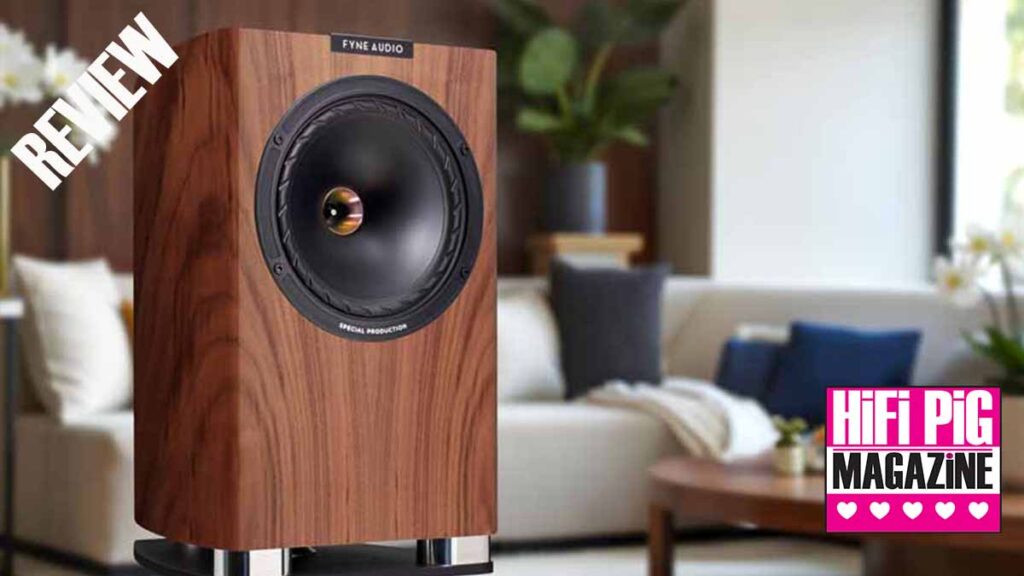
As is the Fyne way, the F701SP is based around an IsoFlare driver. In this case, it’s a proper 2-way configuration, the additional bass drivers being the preserve of some of the floorstanding models. As with the original F701, it uses the 200mm IsoFlare driver taken from Fyne’s flagship F1-8. This SP version also includes the addition of the FyneFlute rubber surround from the F1-8, which wasn’t used in the original F701.
The other changes include using a ferrite magnet system rather than neodymium magnets in the drivers, upgraded and overhauled crossover componentry, and a more in-depth cryogenic treatment of the crossover components.
The specs remain quite similar for the most part; the sensitivity has dropped by a whole 1dB down to 90dB, and the impedance has stayed the same at a nice, easy to drive 8ohms. The frequency response has stayed the same as well, covering 35Hz – 34kHz. A slightly more significant change is that the crossover point has been moved from 1.7kHz up to 1.8kHz, putting a bit more load onto the main driver.
BUILD AND FEATURES OF THE FYNE F701SP
As with all Fyne speakers I’ve ever seen, finish and aesthetics are very much not an afterthought. The walnut finish in particular looks lovely, and I really like the way the aluminium spacers for the bass diffuser section provide a nice point of contrast. Every single point is reassuringly solid, particularly the binding posts on the back. They’re nice and chunky too, which makes screwing and unscrewing them a lot easier than the more traditional, thinner fixings you get on many speakers.
As with all Fyne speakers from the F500 upwards, there’s the inclusion of the “5th Terminal” – an earth/grounding point that sits between the main binding posts. This is designed to help mitigate issues around RF interference in the voicecoils of the speaker.
With the stands, the base section is the same core structure as is used on the floorstanders, with the two 8mm plates of shaped aluminium bolted together using aluminium turrets. These turrets also act as the mounting points for the spikes. They’re rather well thought out on several fronts; the spikes themselves can be adjusted via an allen key from the top, which makes the adjustment process a lot easier. They also combine neatly with the gap at the base of the F701SP for the Tractrix diffuser section; the speaker cables can be run into this gap and through a hole behind the diffuser itself into the cable channel built into the stands. At the other end, the cable channel runs into another hole between the aluminium base plates, and the cable then runs out of the back between the plates. Excellent for keeping cable management simple yet effective. This is doubly relevant with the F701SP, because it features Fyne’s earthing points, which require a dedicated earthing cable to run to each speaker.
SET UP
Setting up the speakers does take a bit of work, primarily around building the speaker stands. If you’re getting these new from a dealer, it’s worth getting the dealer to do the assembly for you! The crux of the challenge is screwing the base plate onto the column, because you need to get the screws/screwdriver through a hole in the bottom plate, and then they screw into the top plate. This was a bit fiddly, even with a magnetic screwdriver head, and the ~2cm gap between the plates is not wide enough for me to fit my somewhat chunky hands in to hold things steady. The speakers themselves are affixed to the stands using bolts, which I’m a big fan of as a general principle. The process does necessitate lying on the floor to gain access to the underside of the steel top-plate. The challenge here is that the holes in the base plate and the holes in the speaker are basically the same size, so you need the speaker positioned with millimetre accuracy for the bolt to bite on the screwthread inside the speaker.
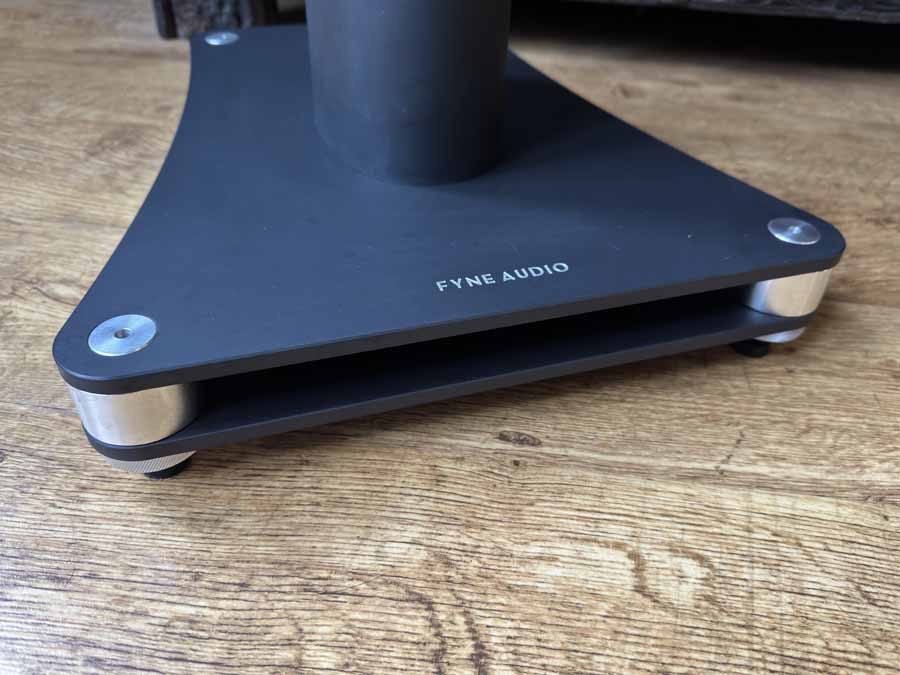
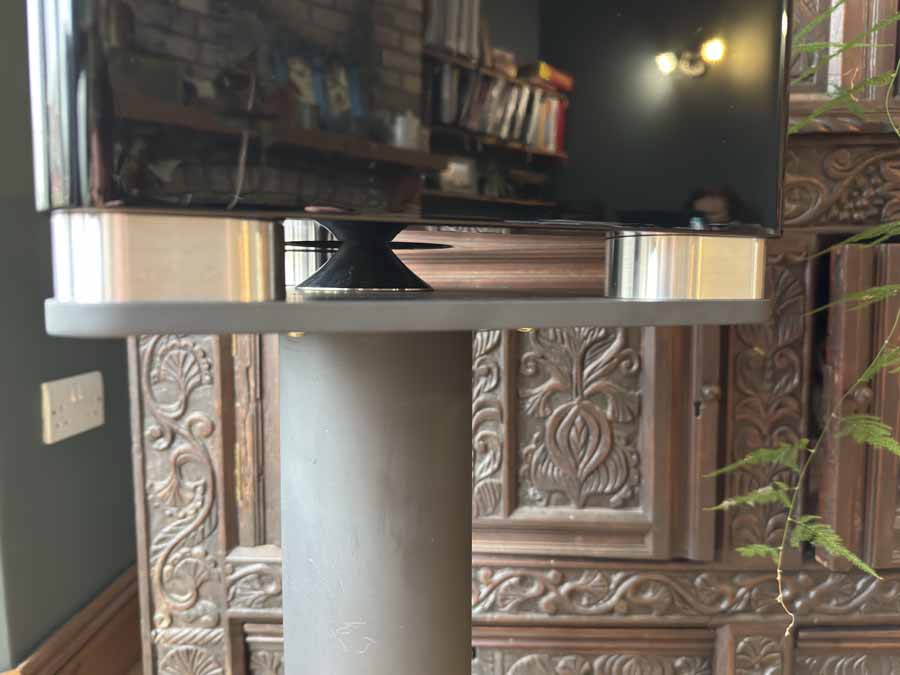
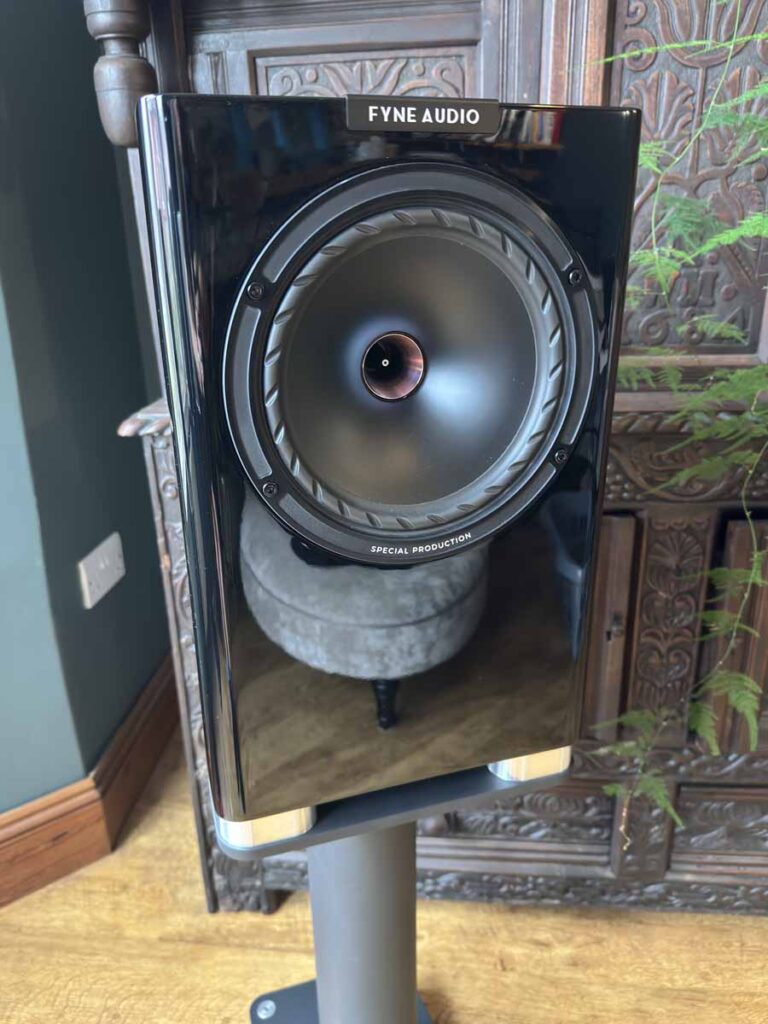
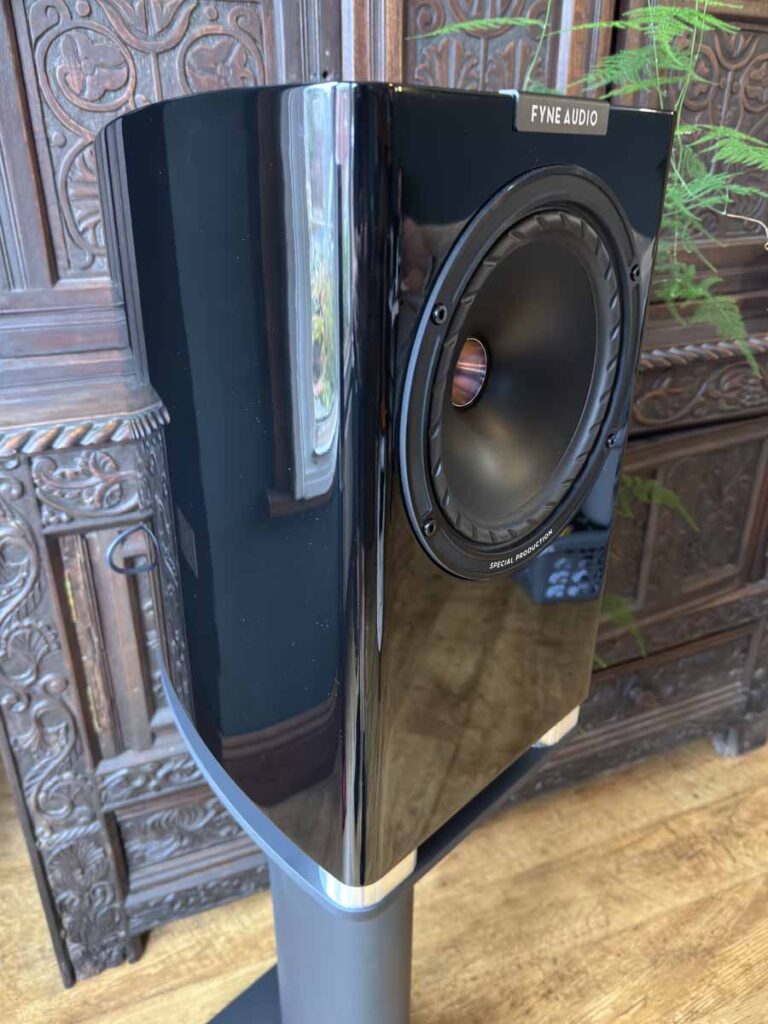
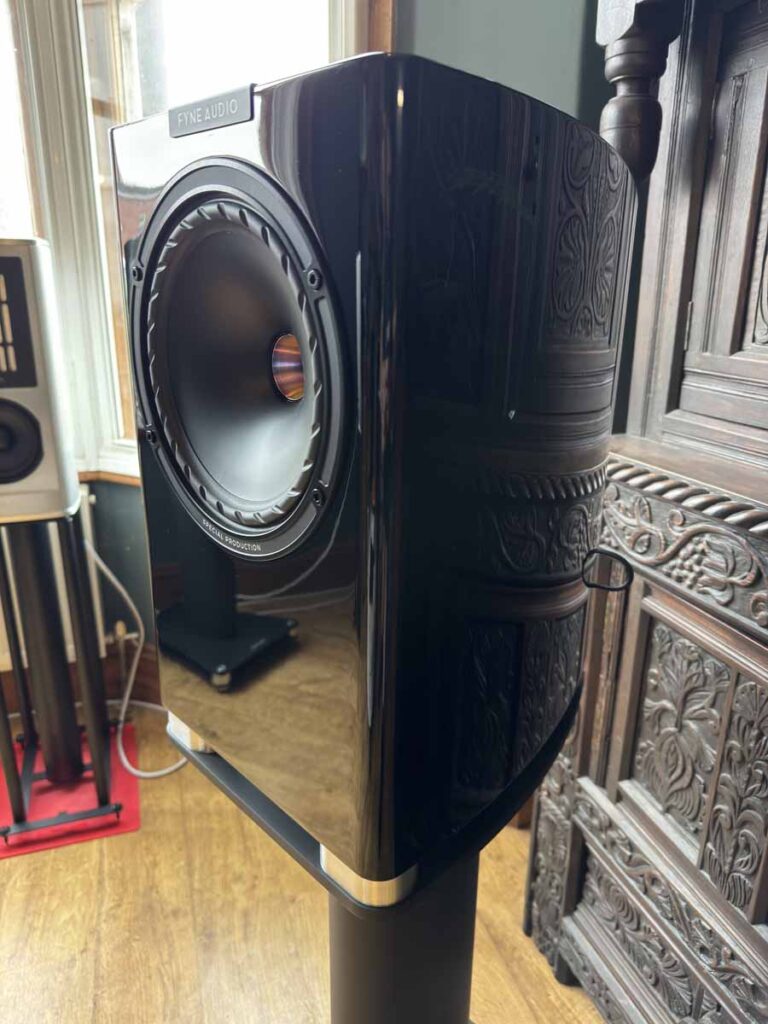
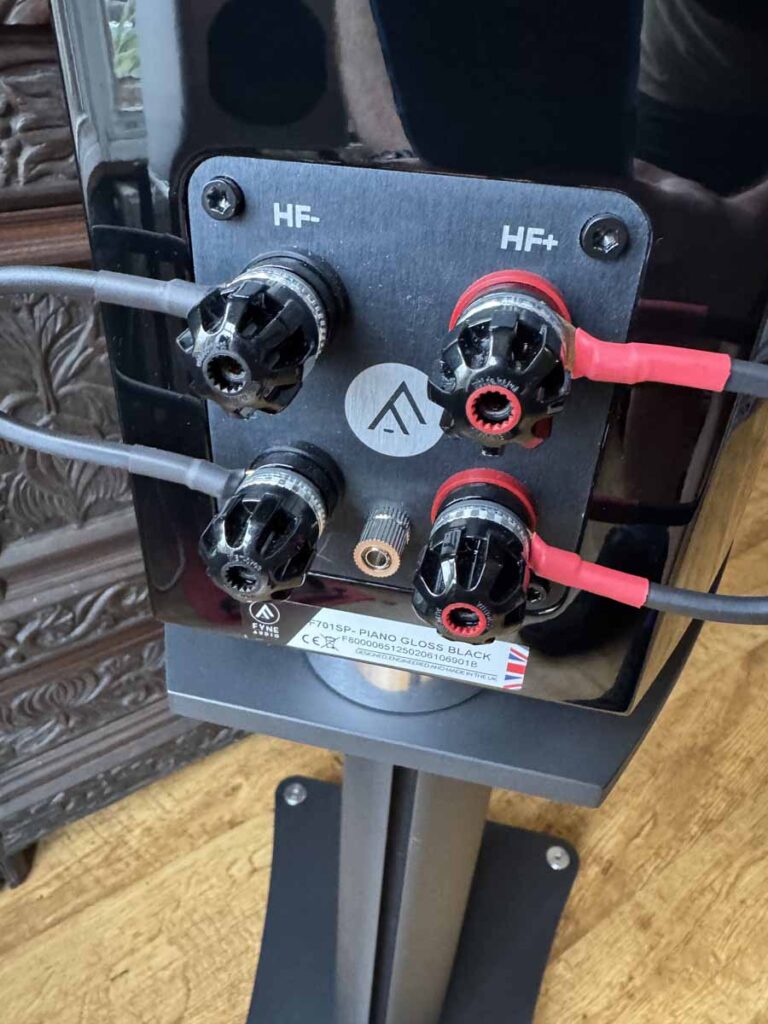
Whilst this process was a bit of a kerfuffle, it’s only something you’re likely to need to do once, and you can almost certainly cajole your dealer into doing this for you as well. The flip side is that it gives a fantastically solid construction, and one that I much prefer over the traditional use of Blu-Tak to mount the speaker on a normal stand.
The BassTrax LF diffuser means that the low frequency gets pretty evenly distributed in a full 360° around the loudspeaker. Some of it does, therefore, fire backwards, meaning you do want to leave at least some space between the speaker and a back wall, but because it’s a relatively small percentage compared to a regular rear-firing bass port, it gives you quite a lot of flexibility when it comes to placement. I tend to start with speakers about a metre from the rear wall, but if anything, these benefitted from being pushed back a bit; it’s definitely worth playing around with some parameters you might not normally consider in your listening space.
SOUND QUALITY
Prompted by a brief conversation I had this week, I opted to start things off with some downtempo EDM, in the form of Sounds From The Thievery Hi Fi, the debut album by Thievery Corporation. The opening, “A Warning (Dub)”, lives up to its name and wastes no time in plumbing some seriously deep notes. The Fynes don’t put a foot wrong with any of it; the bass carries all the weight you could wish for, whilst the various bits of percussion that spread around the midrange and treble remain crisp and clear. The album moves on to 2001 A Spliff Odyssey, and this really highlights something that really stands out about these Fynes – the sense of speed on the lower frequencies. They’re not quite at the level of Triangles or electrostatics for outright speed, but most people find that Triangles and full-range ‘stats lack a degree of depth/punch with the very lowest end of the bass range. My feeling is that the Fyne’s strike a very appealing balancing act here between those two trade-offs. If I contrast that with the F704 (not the SP version) with its 2 x 300mm drivers, you lose that sense of agility, because there’s so much more mass to move in and out with each drive unit (they’re roughly double the surface area, and you have two of them). Of course, the F704 goes a hell of a lot lower (it’s rated down to 24Hz), and the potential for absolute slam in the bass is a lot more potent.
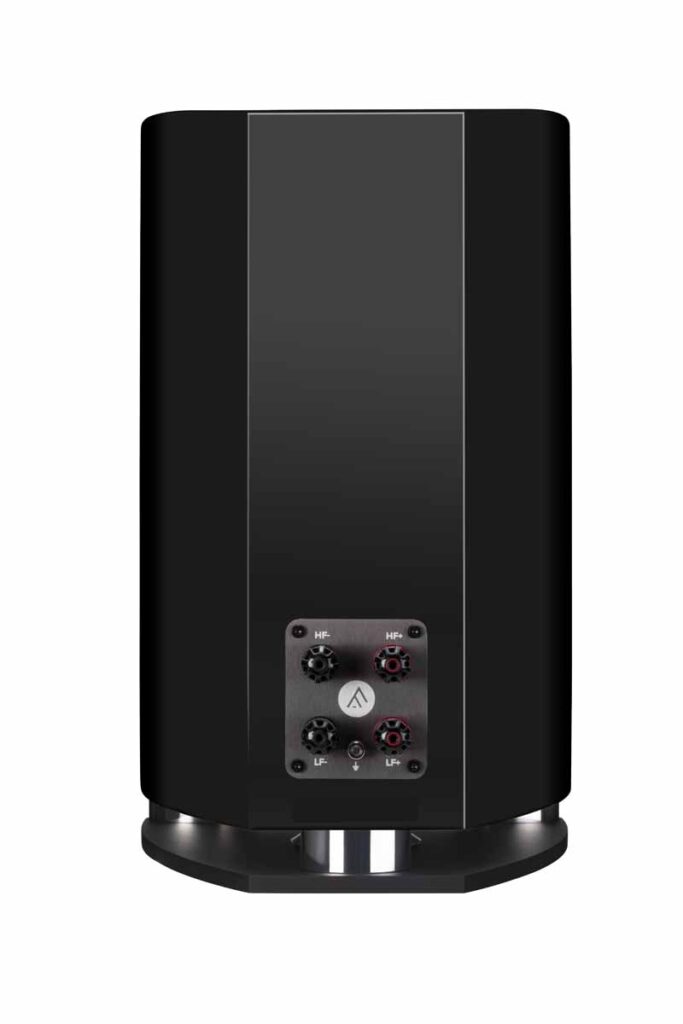
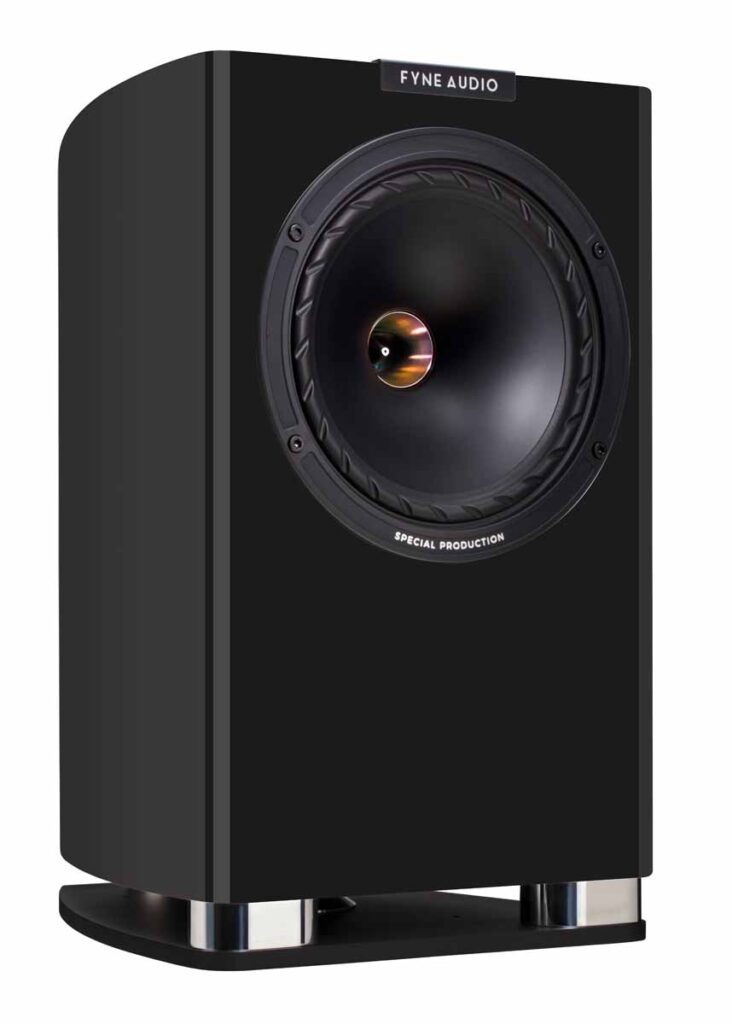
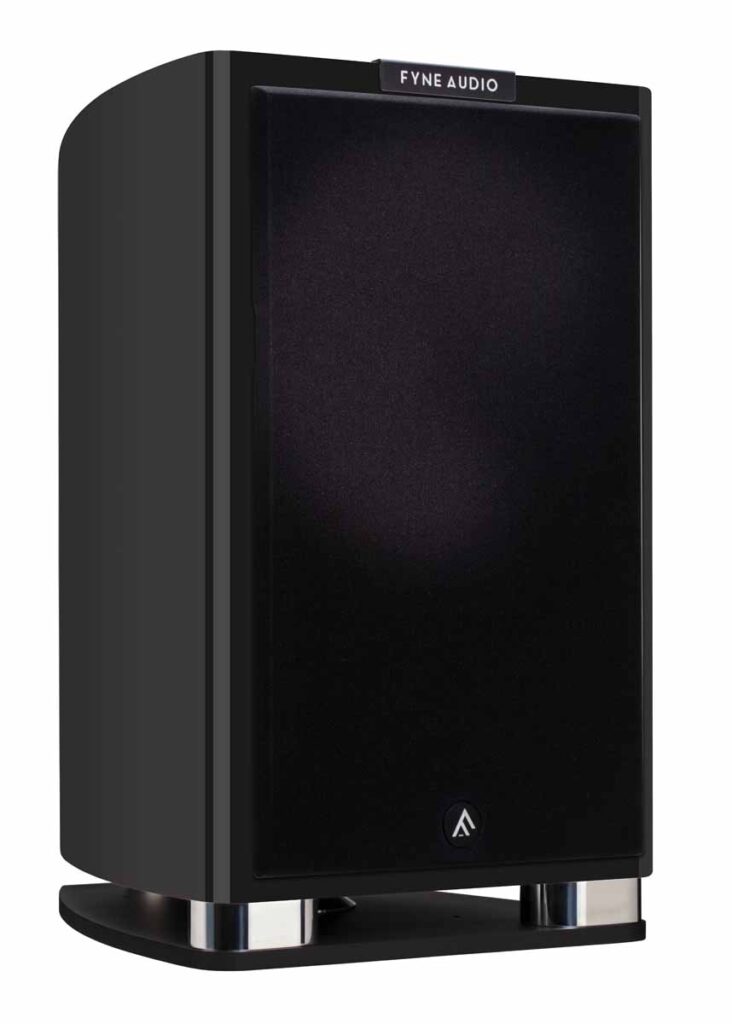
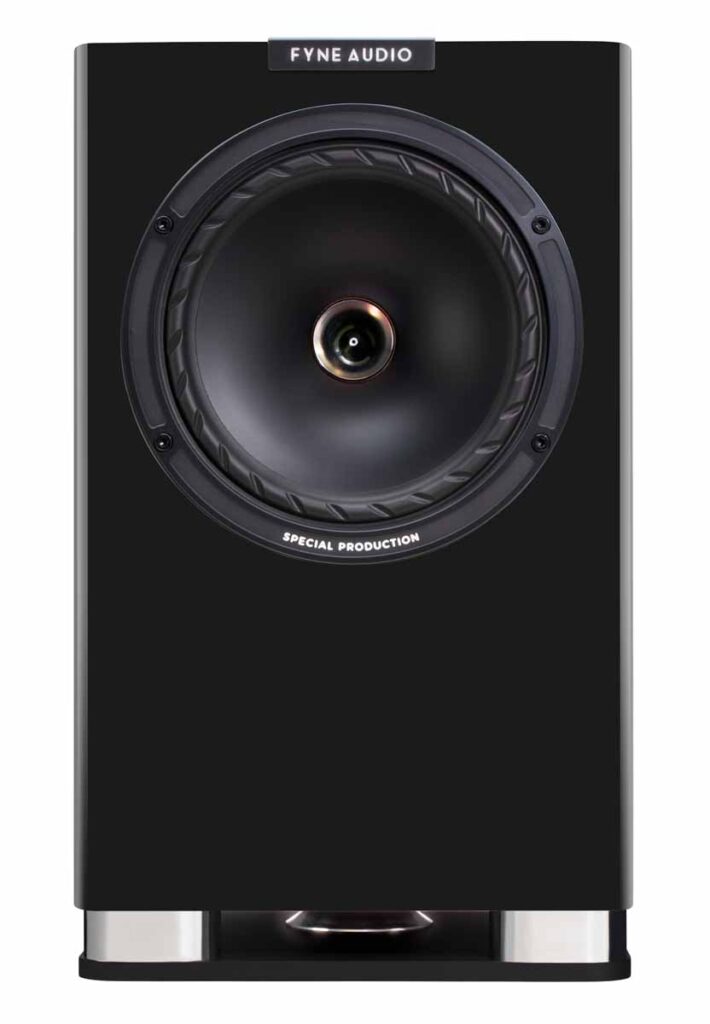
The second album up was Welcome to the Cruel World by Ben Harper. The Three of Us comes over very well; there’s a lot of delicacy to the sound of the Weissenborn that Harper plays (and it’s the only instrument on this track). There’s lots of lovely nuance and detail throughout, even if that does mean the background hiss of the recording is also present (not the fault of the Fynes at all!) It’s moving on to Whipping Boy that we start to experience a slight issue. Playing this at a fairly appreciable volume (as a guide, my phone’s decibel meter recorded 101dB at my listening position), the fact that the main driver is covering 35Hz up to 1.8Hz does become a factor. There’s quite a prominent combination of kick drum and snare going on, which is full and punchy, but this impinges slightly on some of the character and overtone of the acoustic guitar tone that sits at the upper end of the IsoFlare’s range. It also by and large disappears when the volume is reduced to more neighbourly levels, so if you’re not after concert volumes in your living room, you may well not encounter it at all. This is really the only detraction I can find to what these speakers do, and so unless you are putting them into a huge room where you really need to drive them hard (and where frankly you’d be far better off with a floorstander), it should be a non-issue.
One element that really stands out to me is how seamlessly the transition between the main driver and tweeter occurs. Switching from a small tweeter to what would generally be considered quite a large driver for covering mid-range can lead to a more obvious change in the characteristics of the sound. Dr Paul Mills and team have done a really cracking job of eliminating that issue, and it leads to a particularly coherent presentation right across the board. There’s a fair argument that this is one of the most important requirements for those who want their system to get out of the way and let them focus on the music. I’ve put a lot of different albums through these speakers in the time they’ve been in residence, and it’s been an absolute joy.
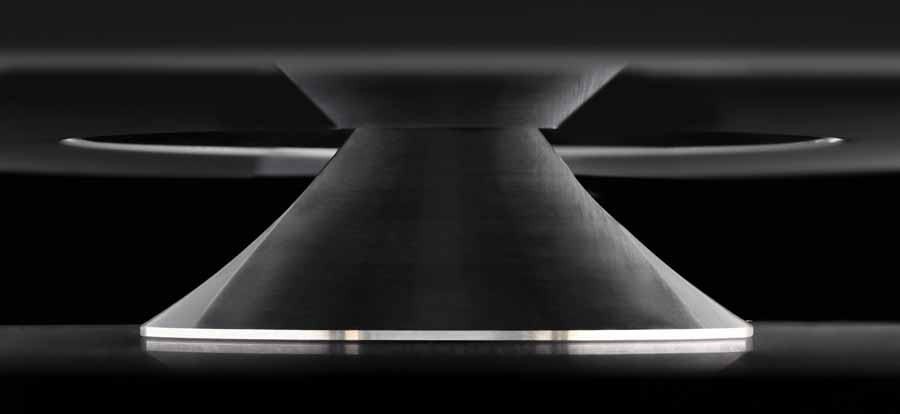
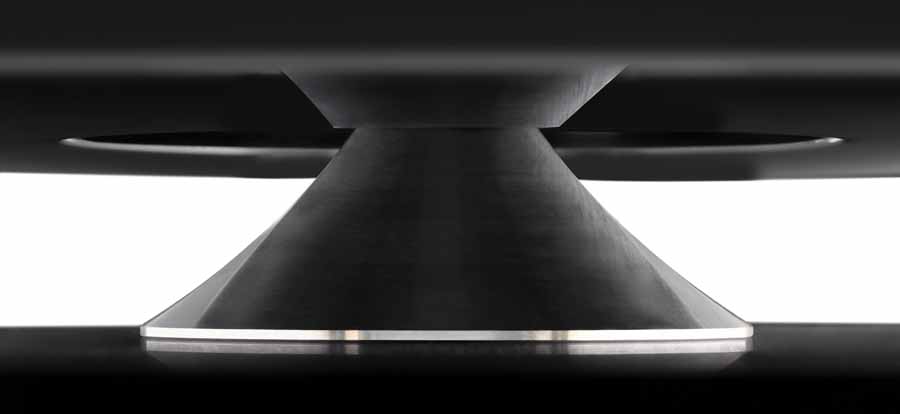
This all came together rather wonderfully while I had a rare indulgence into a spot of baroque, via Christopher Hopgood’s version of Pachelbel’s Canon with the Academy of Ancient Music from their 1981 release on Decca entitled “Pachelbel Canon and other Baroque Favourites”. I’m a big fan of this version because there’s no harpsichord (despite Hopgood being a harpsichord player). I know it’s a very traditional part of these pieces, but something about the sound they make just sets my teeth on edge. Apologies to all harpsichord players reading this for slighting your instrument, so it’s an entirely personal thing. One other thing that feels notable here is just how low the bass sounds at the beginning of the piece, but it gives this wonderful interplay when the violins come in. Those Fynes really convey the very delicate tones of the violins throughout the piece, the treble staying clear and light, without dropping into any brightness, which can sometimes be an issue with baroque recordings. This character continues with Gluck’s Dance of the Furies. What’s interesting here is that while this feels quite a busy piece, especially compared to the Canon, there’s a real balance to the presentation, and nothing feels like it’s losing out to any other part. I was also really impressed by the degree of separation of the instruments; it was really straightforward to pick out and hone in on the various sections of the orchestra. I appreciate that may not be something folks do in the same way, but sometimes the sound engineering habits die hard!
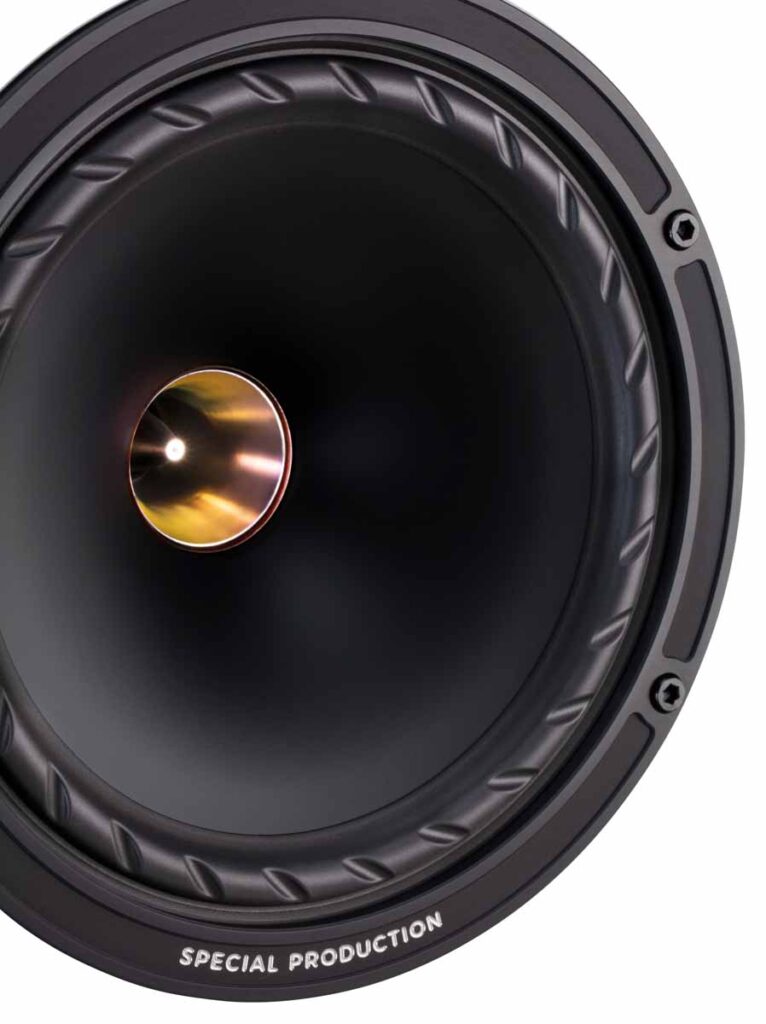
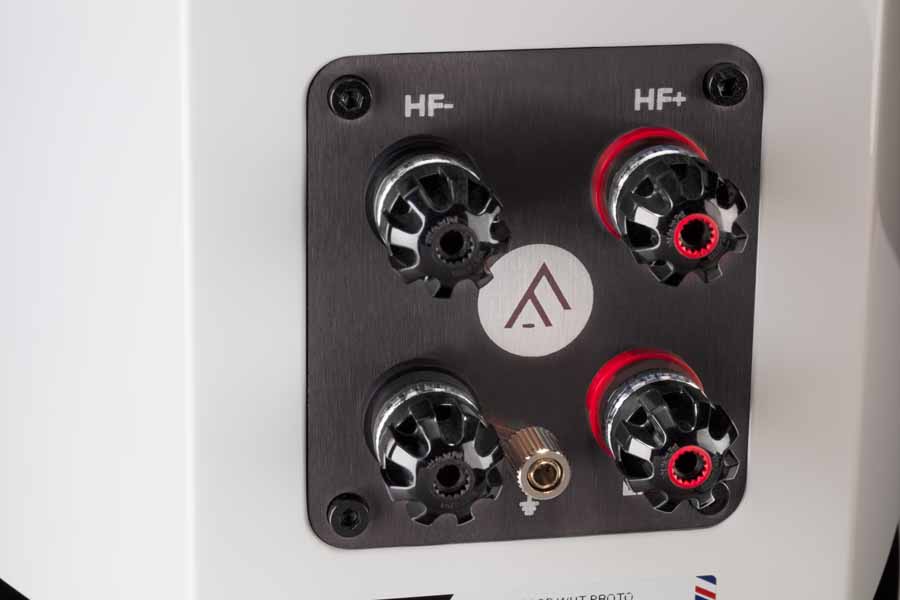
I did have a play around with the earthing connection option that Fyne include on their higher-end speakers. I cannot report any discernible difference in sound quality, but I suspect the fact that my system is a one-box unit means it’s electrically quite simple for grounding, and so I’m not able to generate the sort of conditions where this might be beneficial.
QUIBBLES
As mentioned earlier, the construction and setup of the stands was not entirely straightforward (and my view may have been slightly skewed by the fact that, not once, but twice, I managed to drop a screwdriver on my head whilst bolting the speakers to their stands). But it’s a one-off bit of faff, for something you’re likely to be enjoying for years and years, and none of it is pointless faff or the result of a lack of thought, I don’t think.
There was also the slight issue with upper-mid range on busy tracks at high volume, but again, this is minor and likely to be a complete non-issue for 99% of use cases. It’s included more for completeness’ sake than because it’s likely to be a meaningful issue.
CONCLUSION
Fyne have produced a genuinely lovely speaker here in every regard. They look great, they sound great, and they’ve given me a great deal of pleasure. They’re a very easy speaker to drive (90dB, and a nominal 8ohm impedence), which gives a great deal of flexibility when choosing partnering equipment. Fyne suggest a minimum power rating of 30W, but I suspect they’d still work very well with an 18W valve amp.
They more than filled my typical UK-sized lounge; I suspect you might run into issues if you had to put them in a room that was smaller than this, but again, that will depend a bit on how loud you want to listen, and whether there’s any acoustic treatment going on.
I’m awarding these speakers our 5 Hearts award, though it was a close call for them getting our Reviewer’s Preference award.
AT A GLANCE
Build Quality and Features:
The build quality on these things is lovely. There’s no sign of any kind of shortcuts taken in the manufacturing; all the details are well taken care of. The finish on these black gloss models is very even and consistent, and as a review pair, they’ve likely already seen a bit of abuse and yet show no signs of it. I’ve also seen the Natural Walnut finish at shows, and the veneering was absolutely spot on (and it’s normally obvious when there’s been any attempt to cut corners with veneering work) – this would also be my choice of finish if I were ordering a pair myself
It feels odd to be singling out stands for features, but the way the FS8 has been designed to keep the cabling tidy is well thought out, and given that running two, or even 3 cables (if bi-amping and using the earth) is possible, it’s a very valid consideration
Sound Quality:
I really must single out the coherence of the overall sound generated by these speakers. Nothing breaks the sense of immersion quite like a disconnect between drivers, and the Fynes really excel in this department
I’m a big fan of the way they balance that sense of speed with the depth and punch of bass; it’s an intoxicating combination
Value For Money:
It would have been lovely to have the original F701 here to be able to do a proper compare and contrast to see the full effect of the £1500 increase in price. But viewed in isolation, these speakers more than justify their price point. The sonics are definitely bang on the money for what I’d hope for, and the finish is definitely in keeping with what one would expect for a speaker in this price bracket
We Loved:
These speakers really are a complete and well-balanced package
Excellent presentation right across the board, with just the right balance of excitement without being too in-your-face
We Didn’t Love So Much:
Dropping screwdrivers on my head, and the slight compromise on the rare occasion where I want a full stadium gig happening in the house
Elevator Pitch Review: A proper 2-way IsoFlare design that produces a wonderfully even sound right from its impressively low bottom end through the highest notes I listened to. They provide plenty of punch and excitement, without ever getting into fatigue territory, and above all else, do a fantastic job of letting you get lost in the music.
Price: £6,500 / $9,000 / 7,700 € (optional FS8 stands, £1,100 / $1,750 / 1300€)

Jon Lumb
SUPPLIED SPECIFICATION
System Type: 2-way, downwards firing port with BassTrax Tractrix diffuser
Recommended amplifier power (Watt RMS): 30 – 180
Peak power handling (Watt): 360
Continuous power handling (Watt RMS): 90
Sensitivity (2.83 Volt @ 1m): 90dB
Nominal impedance: 8 Ohm
Frequency response (-6dB typical in room): 35Hz – 34kHz
Drive unit complement: 1 x 200mm IsoFlare point source driver, multi-fibre bass / midrange cone, FyneFlute™ surround with 25mm magnesium dome compression tweeter, ferrite magnet system
Crossover frequency: 1.8kHz
Crossover type: Bi-wired passive low loss, 2nd order low pass, 1st order high pass. Deep Cryogenic Treatment.
Dimensions – HxWxD: 465 x 278 x 393mm (18.3 x 10.9 x 15.5”)
Net Weight: 14.0kg (30.9lbs) – each
Finishes: Piano Gloss Walnut / Piano Gloss Black / Piano Gloss White / Natural Walnut


























































